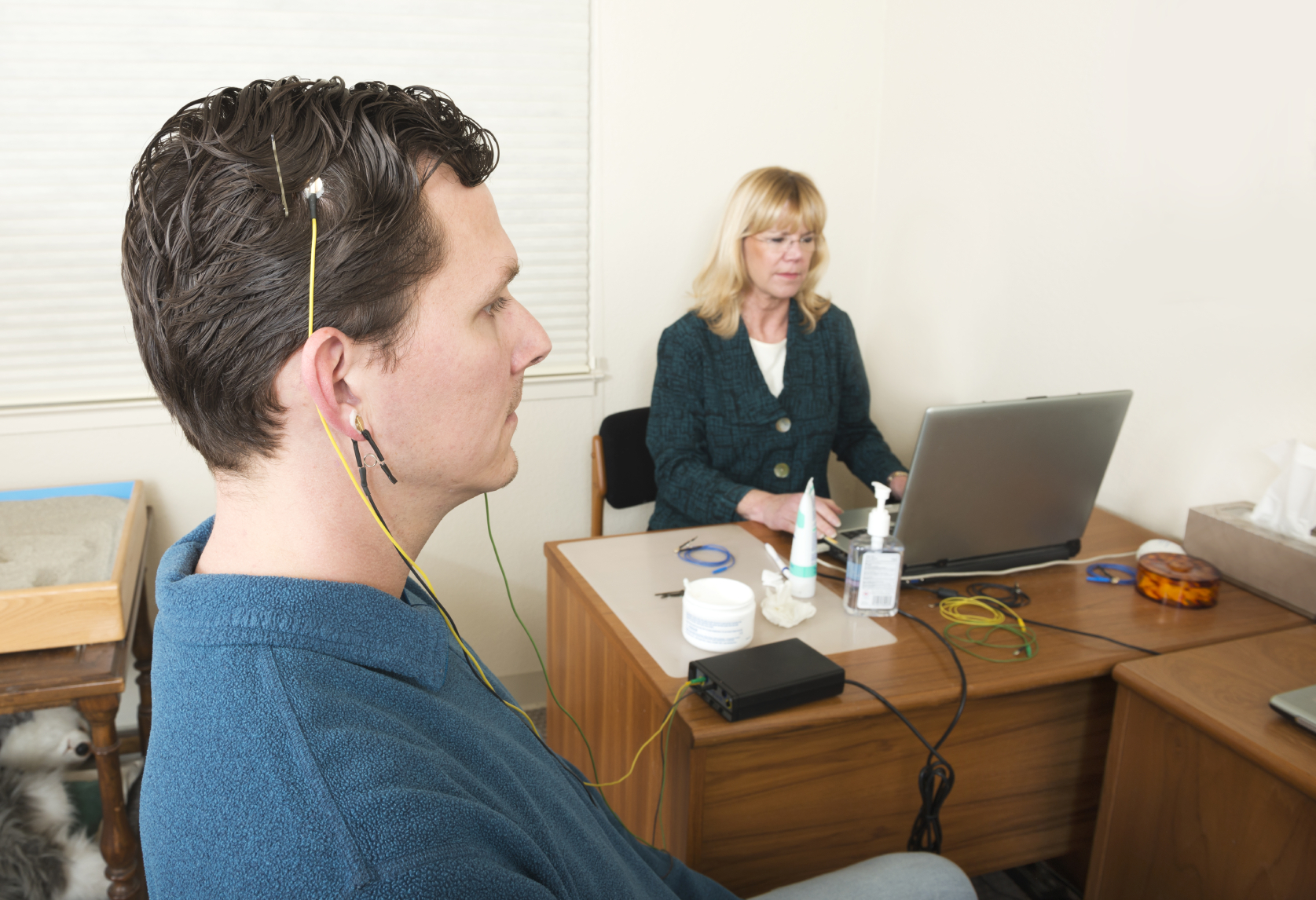Unveiling the Link Between quantitative EEG and Slumber Apnea Trends for Enhanced Diagnosis and Therapy
Unveiling the Link Between quantitative EEG and Slumber Apnea Trends for Enhanced Diagnosis and Therapy
Blog Article
Sleep hypopnea is a prevalent sleep disorder that impacts many individuals around the globe. It happens when a person's breathing is disrupted during slumber, leading to poor slumber standards and various health concerns. One of the ways scientists and doctors are working to improve comprehend and diagnose sleep apnea is through a method called quantified EEG, or qEEG. This method measures the electronic function of the brain and can provide important understandings into how sleep apnea impacts cerebral function and overall well-being.
qEEG entails placing small sensors on the head to capture cerebral waves. These brain waves are then examined to detect patterns that may indicate sleep disorders, including sleep apnea. By analyzing these trends, medical professionals can gain a more precise understanding of how sleep apnea interrupts typical brain activity during sleep. This information can be essential for formulating efficient treatment plans tailored to specific clients. Comprehending the connection between qEEG and sleep apnea can result to enhanced identification techniques and better outcomes for those affected by this condition.
Research has demonstrated that people with sleep apnea often display specific changes in their brain oscillation trends. For example, during episodes of apnea, the brain may show increased activity in specific regions while additional regions become more engaged. These changes can affect how well a individual sleeps and how rested they feel upon waking. By using qEEG to track these cerebral oscillation trends, physicians can recognize particular traits of sleep apnea in patients, which can help in making a more accurate diagnosis. This is especially important because sleep apnea can sometimes be mistaken for other sleep disorders, resulting to misguided therapies.
In furthermore to enhancing identification, qEEG can also serve a role in evaluating the effectiveness of treatments for sleep apnea. For instance, after a patient begins using a continuous beneficial airway force (CPAP) device, which assists maintain the passage clear during slumber, qEEG can be utilized to evaluate alterations in cerebral function. If the cerebrum exhibits enhanced trends of slumber after initiating treatment, it may suggest that the treatment is functioning well. This response can assist doctors formulate necessary adjustments to therapeutic plans, guaranteeing that clients obtain the optimal treatment feasible.
In summary, the relationship between qEEG and sleep apnea trends is an promising area of study that holds potential for improving diagnosis and therapy. By comprehending how sleep apnea affects brain function, healthcare providers can develop more efficient approaches to assist clients attain better look at this now sleep and improve their overall health. As research continues to advance, it is probable that qEEG will turn into an integral tool in the fight against sleep apnea, leading to better results for those who experience from this difficult disorder.